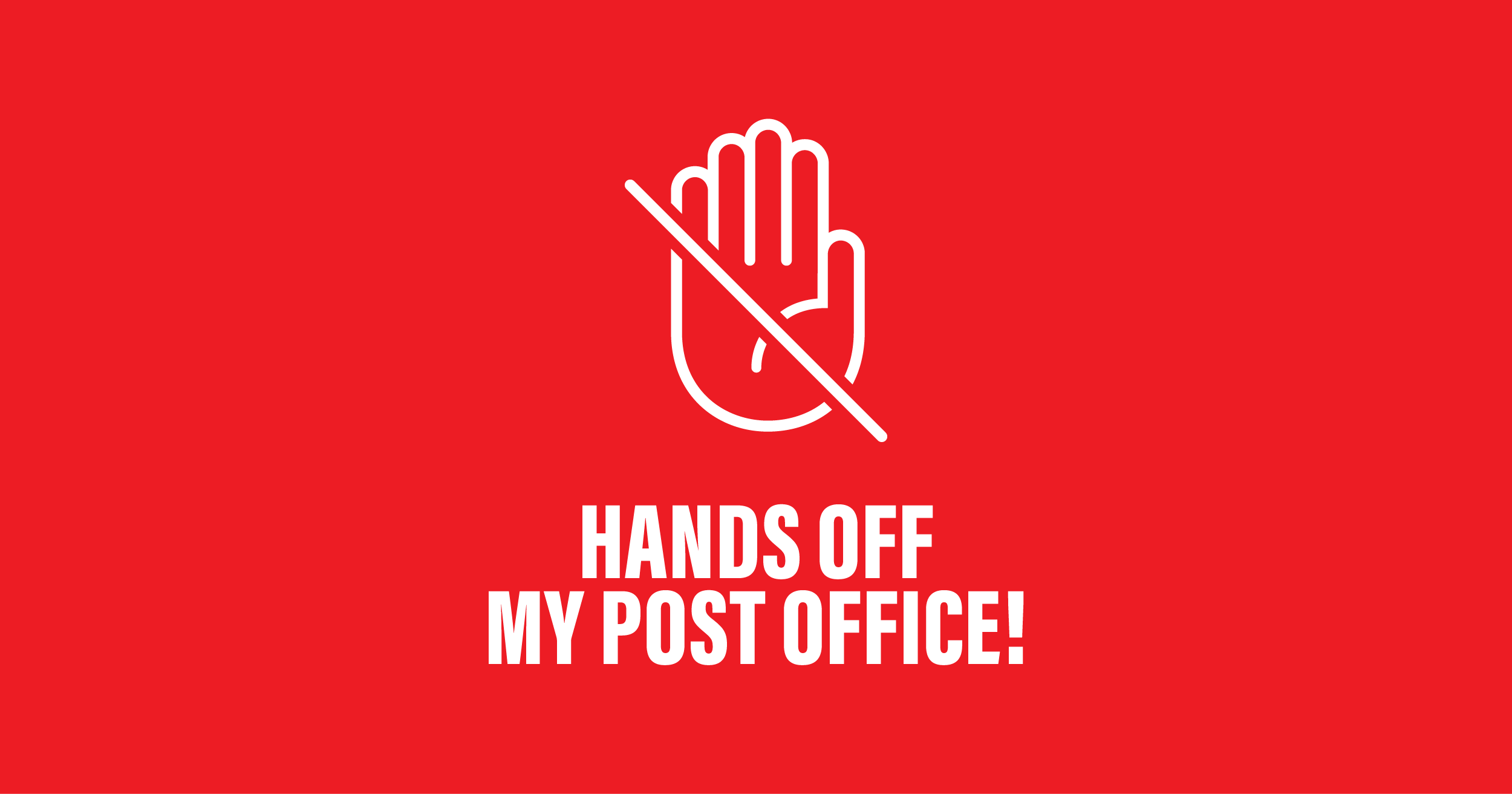
It’s déjà vu all over again: postal workers are now on strike across Canada.
Following an announcement from the federal government on September 25 instructing Canada Post to begin shuttering rural post offices and axing what’s left of door-to-door mail delivery, the Canadian Union of Postal Workers (CUPW) launched a nation-wide job action.
The union seems to have had no idea that these announcements were coming. On September 24, CUPW claimed they learned through a media advisory that Joël Lightbound, the minister of government transformation, public works and procurement, would hold a press conference about the future of Canada Post the following day.
At that point, it had been more than a month since the union tabled new offers to Canada Post. On September 18, management finally responded, indicating a willingness to return to bargaining the following week. That meeting is now surely off the table.
“Canada Post prefers to talk with anyone but the Union. We are left wondering how Canada Post can claim to want to resolve our labour dispute when it refuses to communicate its intentions directly with us or at least through the federal mediators,” CUPW national president Jan Simpson said the day before the minister’s announcement.
The September 25 press conference revealed the mystery behind management’s silence.
In a move sure to satisfy Canada Post, Lightbound announced that the government will be implementing the recommendations outlined in the Kaplan report, including ending mail delivery to four million homes, lifting the moratorium on rural post office closures, flexibilizing delivery standards by ending the requirement for daily delivery and making it easier to raise stamp prices more quickly.
Recall that the above report was the outcome of an Industrial Inquiry Commission (ICI) forced on the parties when the previous Liberal government ended CUPW’s strike last December. The commission did nothing to advance negotiations, while wasting much time and significant resources. Commission chair William Kaplan dismissed out of hand the union’s detailed plans to improve Canada Post’s financial position. The ICI findings, it seemed, were a foregone conclusion. The report, however, did provide further ammunition to the crown corporation in its attack on the union.
That the government has now adopted the Kaplan report recommendations further strengthens management’s position.
Tellingly, there were no consultations with CUPW leadership or workers before the decisions announced on September 25 were made.
As the union said in its press release explaining the resumption of strike activity, Lightbound gave no indication that the changes were coming when he met with union leaders the week prior.
In addition, the government’s provocative announcement pre-empts a public review and consultation regarding Canada Post’s future, which is scheduled to begin in October and to run until March 2026. Thursday’s press conference seems to indicate that the union and the public can expect to have little influence on this process.
No one should be shocked by CUPW’s latest strike. Postal workers have been in a legal strike position since May, when the government-imposed back-to-work order expired. Their union first initiated a ban on overtime work to apply pressure on management without committing the union to a country-wide strike. When this failed to move Canada Post in negotiations, CUPW then announced its members would stop delivering flyers on September 15.
Throughout this period, negotiations have remained stalled as both parties waited to see what the government’s next move would be.
After Minister of Jobs and Families Patty Hajdu failed to foist a collective agreement on CUPW members through a forced ratification vote in late July, Canada Post management was seemingly content to wait for further government assistance.
In an unhelpful, though unfortunately lawful, end-run around the union, the Liberals had granted Canada Post’s request to put a “final offer” directly to members in May. To no one’s surprise, nearly 70 per cent of voting postal workers rejected the proposed contracts.
With the government again putting its thumb on the scale for Canada Post management in last Thursday’s announcement, the union had little choice but to escalate to full job action now.
For nearly two years, Canada Post management has been pushing a narrative that the crown corporation is broke and the only solution is to impose the costs of restructuring on workers.
The union’s various proposals to diversify Canada Post and open new revenue streams, whether through postal banking or senior support services, have been either ignored or dismissed.
After receiving new contract proposals more than a month ago, management largely ignored the union, waiting for yet another assist from the government.
Management got what it wanted. The Liberals have now co-signed the project of dismantling Canada Post, in the process undermining any possibility of any near-term settlement at the bargaining table. Making their announcement as they did during ongoing negotiations was yet another direct attack on workers as well as the collective bargaining process in general.
This entire saga raises questions about how changes in postal delivery services have been handled in other countries. Rather than accept the narrative that technological changes such as electronic communication and e-commerce mean the end of well paying postal service jobs, we should be examining how Canada can both protect union jobs and promote a viable public service.
It’s instructive therefore to look at how other postal services around the world have responded to declining mail volume.
Consider, for example, Postnord, the postal and parcel delivery provider whose divisions serve Sweden, Denmark, and Norway. Similar to Canada Post’s crown corporation structure, Postnord is wholly owned by the Swedish and Danish governments. Also like Canada Post, Postnord has experienced a massive decline in its mail delivery business. In fact, the Danish division ended mail delivery entirely, which was admittedly unpopular with the postal workers’ union.
At the same time, Postnord remains profitable while providing secure union jobs with solid pay and benefits. How does it manage that?
For one, it is the primary package delivery service in the three Nordic countries, with package volumes and revenues more than making up for the decline of physical mail.
Second, workers at Postnord are covered by sectoral bargaining agreements. Consequently, unlike at Canada Post, workers at the Scandinavian postal service don’t face the same level of unfair competition from gig-economy and contract firms reliant on a hyper-exploitative labour model. A generally more regulated labour market with high union density prevents this.
A curious thing happens when wages are taken out of competition. Instead of instinctively training their scalpels on workers whenever market conditions dictate, firms are compelled to innovate and compete on the basis of service and product quality.
Without overly romanticizing Postnord — postal workers and their union still fight the bosses there, too — we can nevertheless plainly see that fixing Canada Post doesn’t require attacking union members and dismantling public firms.
If we have indeed reached a moment of reckoning at Canada Post, now is the time to draw inspiration from wherever we can, and to stand with workers while they fight the employer-led race to the bottom.
Recent Class Struggle Issues
- September 22 | Unions Improve Social Well-Being Even For Non-Members
- September 15 | Air Canada Flight Attendants Overwhelmingly Reject Wage Proposal
- September 8 | Public Servants In British Columbia Are On Strike
- September 2 | Air Canada Flight Attendants May Vote Down The Wage Package







